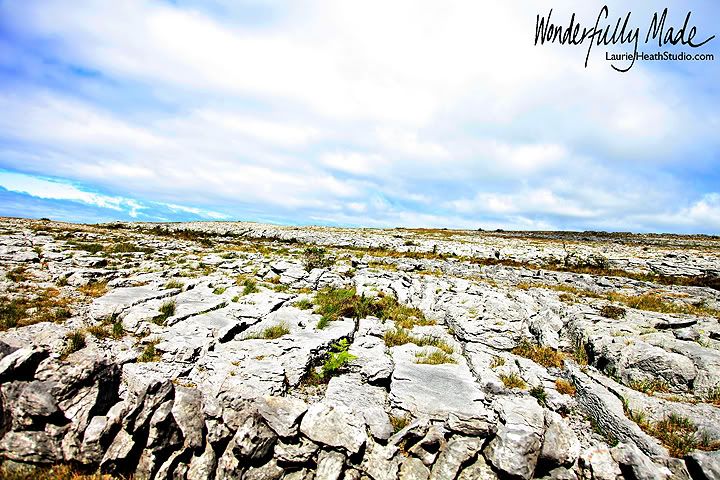
We took a Burren drive and stopped first at the Burren Birds of Prey Centre. This baby sea eagle said a quick hello ...
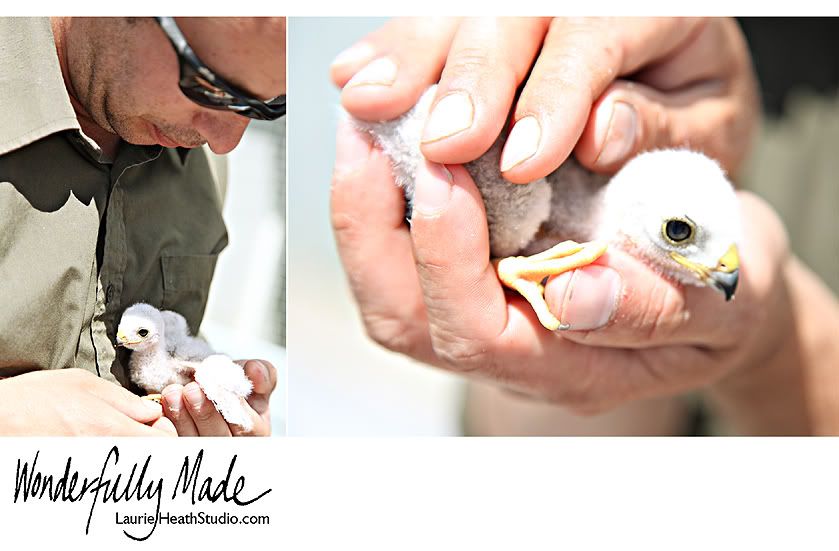
... and then we watched three flying displays. The first was an older sea eagle. described as a grumpy teenager not eager to follow commands and quick to fly off the handle. But just look at that wingspan!
1) lazy hunters
2) patient waiters
3) not able to turn their heads around any further than other birds do
4) much smaller bodied than their fluffy feathers appear
5) able to fly silently because of those fluffy feathers
6) given more credit for wisdom than they deserve.
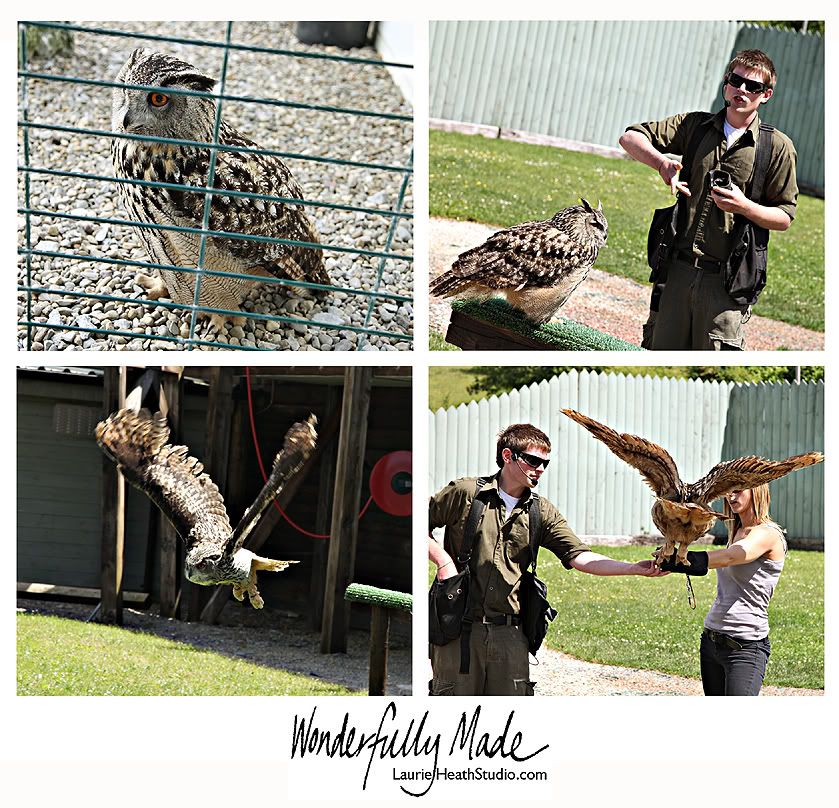
And finally we saw a terrific display by this peregrine falcon who willingly returned to his trainer after being allowed to fly away over the Burren hillside.

Our very favorite bird was the Maggie Bird. She didn't show us many tricks, but she sure was cute.

Then we headed right next door to Aillwee (pronounced illwee) Cave. You know you're in for an authentic spelunking experience when the cave entrace features a cafe menu and gift shop.
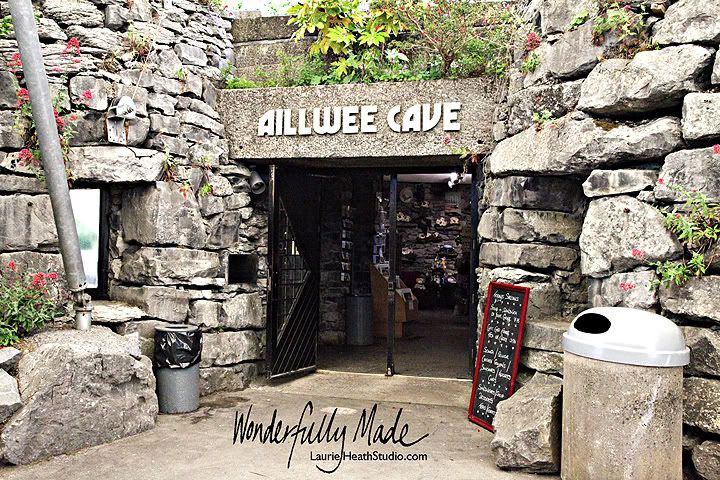
Look out! It's a bear! And yes, this was just about the silliest thing we saw on our entire trip.
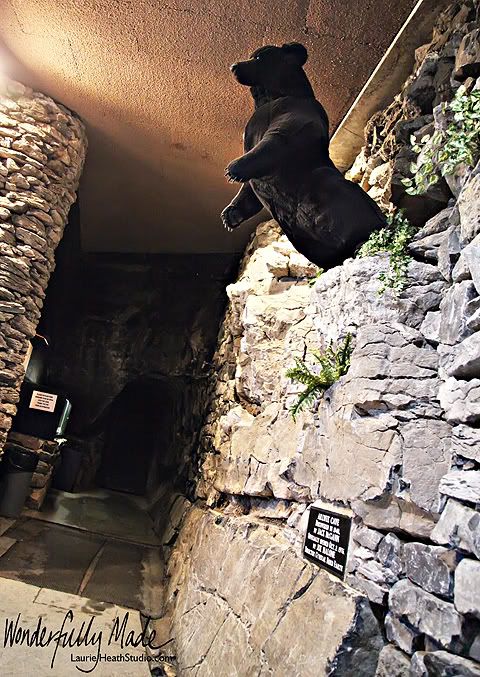
But the cave itself was terrific for non-cavers such as ourselves. We learned a lot about the Burren's extensive cave system and how it was formed by underground rivers. Flash floods are not a concern in this area because water passes through the surface cracks into the caves, then gradually recedes and irrigates the land.
Here are a few of Aillwee Cave's lighted features. Mind your heads and avoid the puddles!
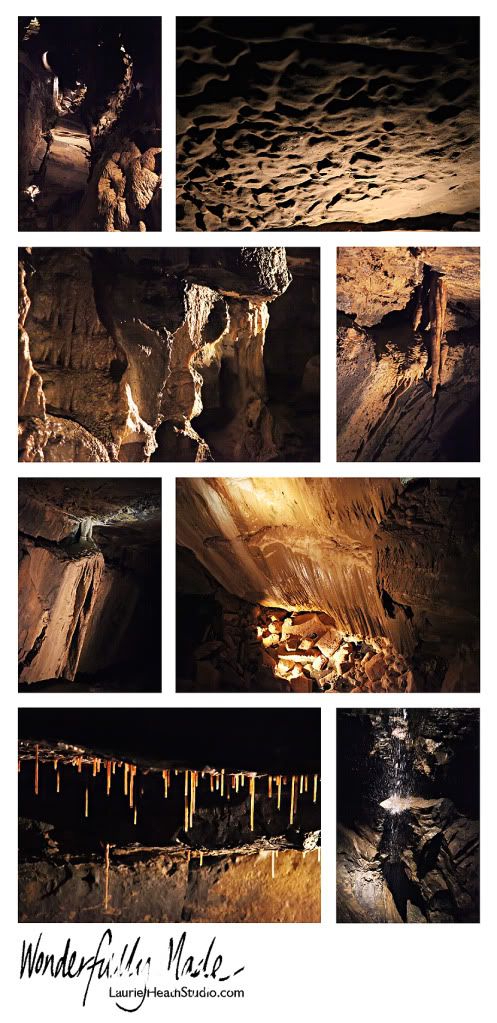
Whether below ground or above, the Burren is simply beautiful. And if these flowers can bloom where they're planted, I see no reason why the rest of us can't follow suit.
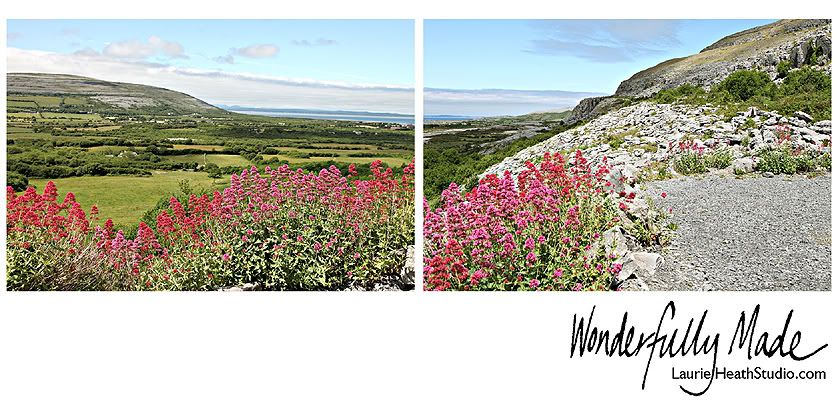
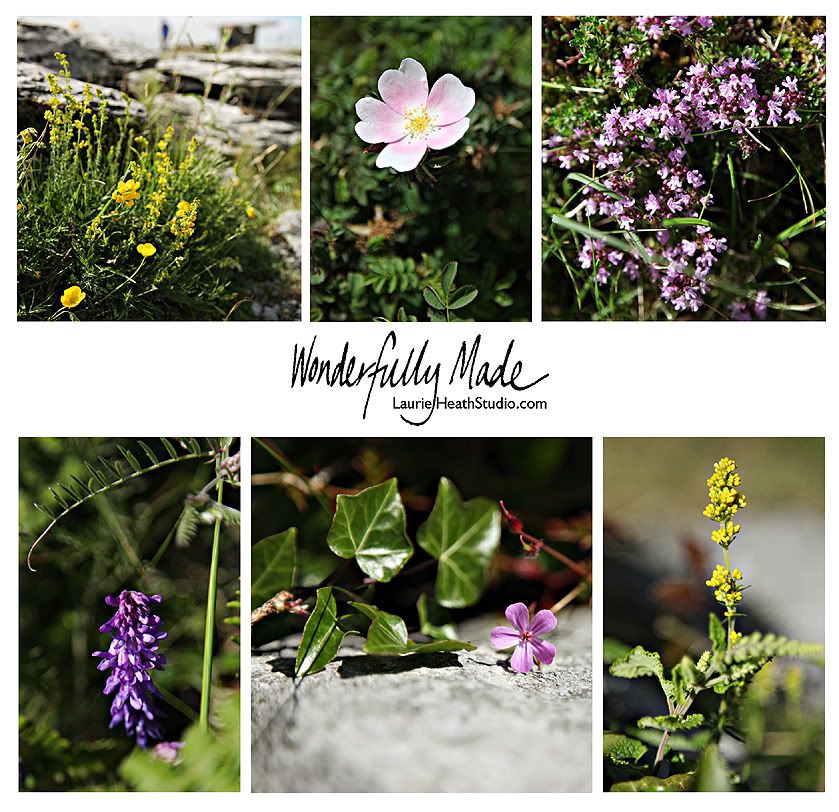
People began making their homes in the Burren thousands of years ago, and they left behind plenty of evidence of what was important to them. More than 2000 historic sites are scattered throughout the region, although most of them aren't marked for easy spotting by tourists. Poulnabrone Dolmen stands out clearly and can't be missed.
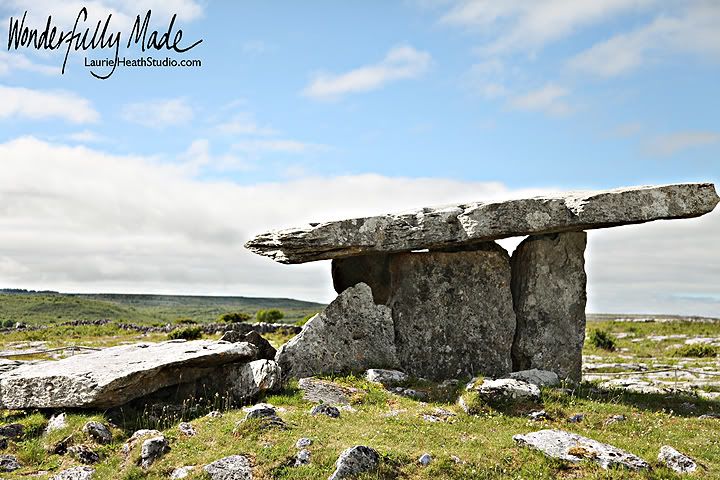
It may remind you of Stonehenge, but it served a very different purpose. Poulnabrone (meaning hole of sorrows) was a portal tomb, "a grave chamber on a cairn of stacked stones," according to Rick Steves. It stands about 10 feet high and was probably constructed 2500-4000 years before the birth of Christ. Originally there would have been more rocks stacked around what we see today, and the tomb is believed to have been the final resting place for about 30 souls.

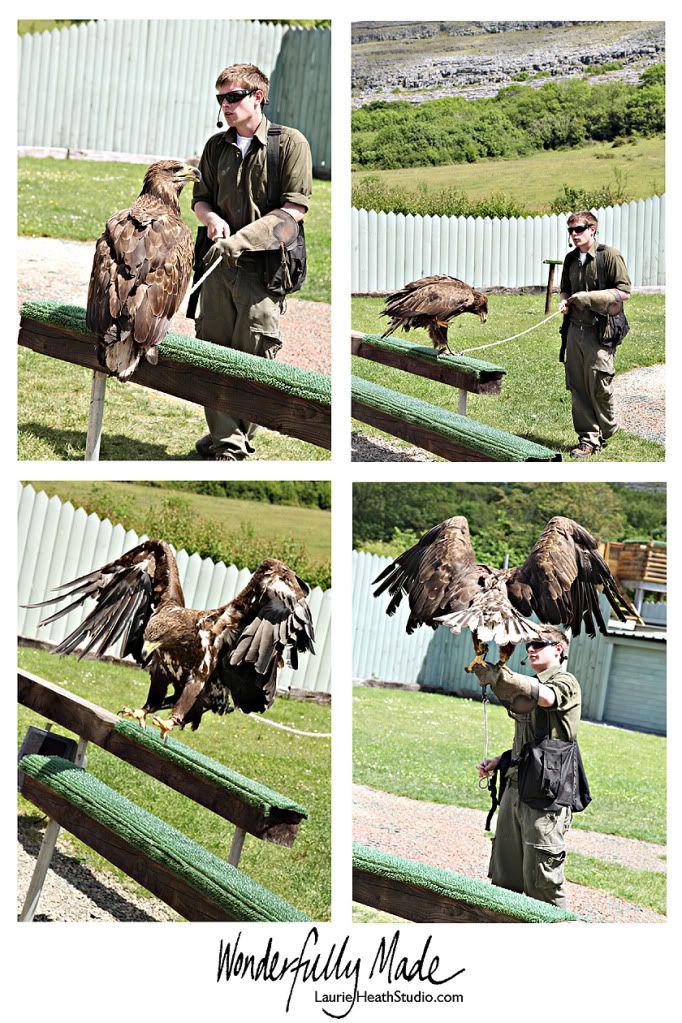
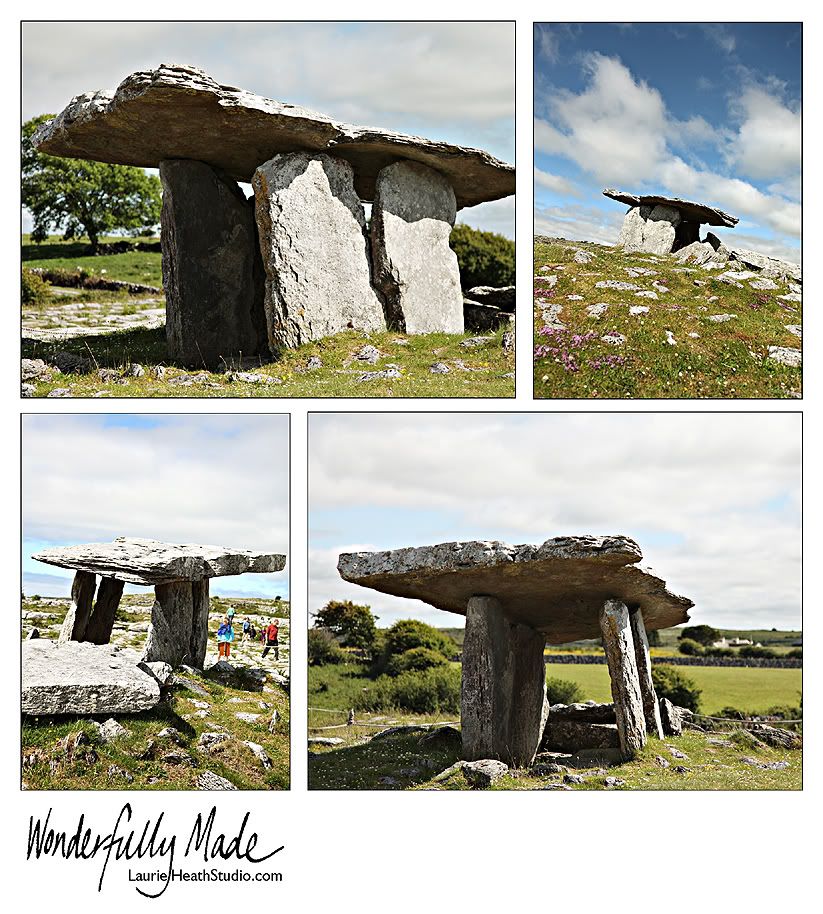

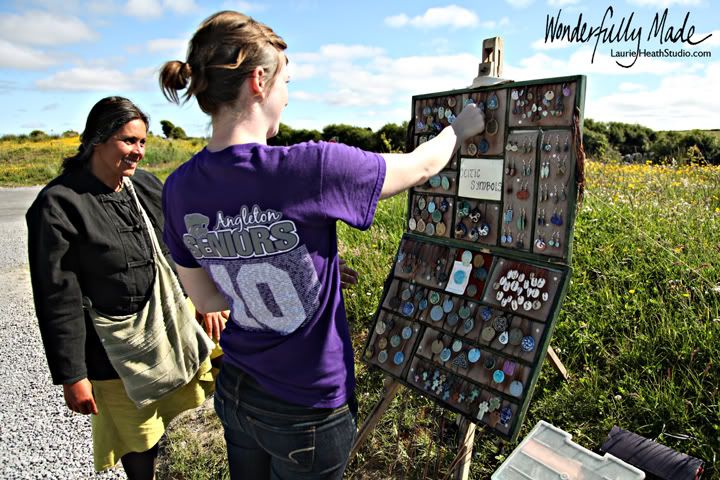

No comments:
Post a Comment